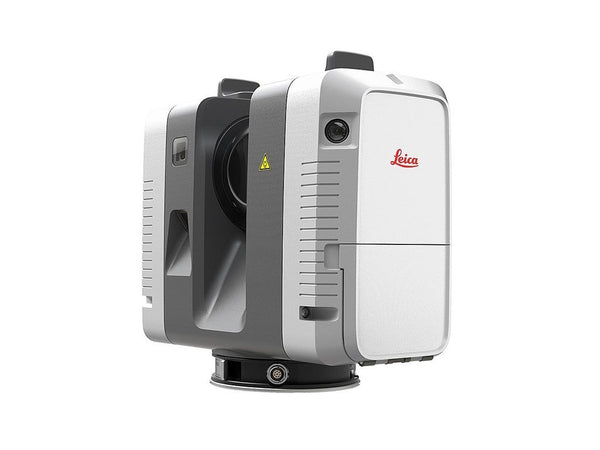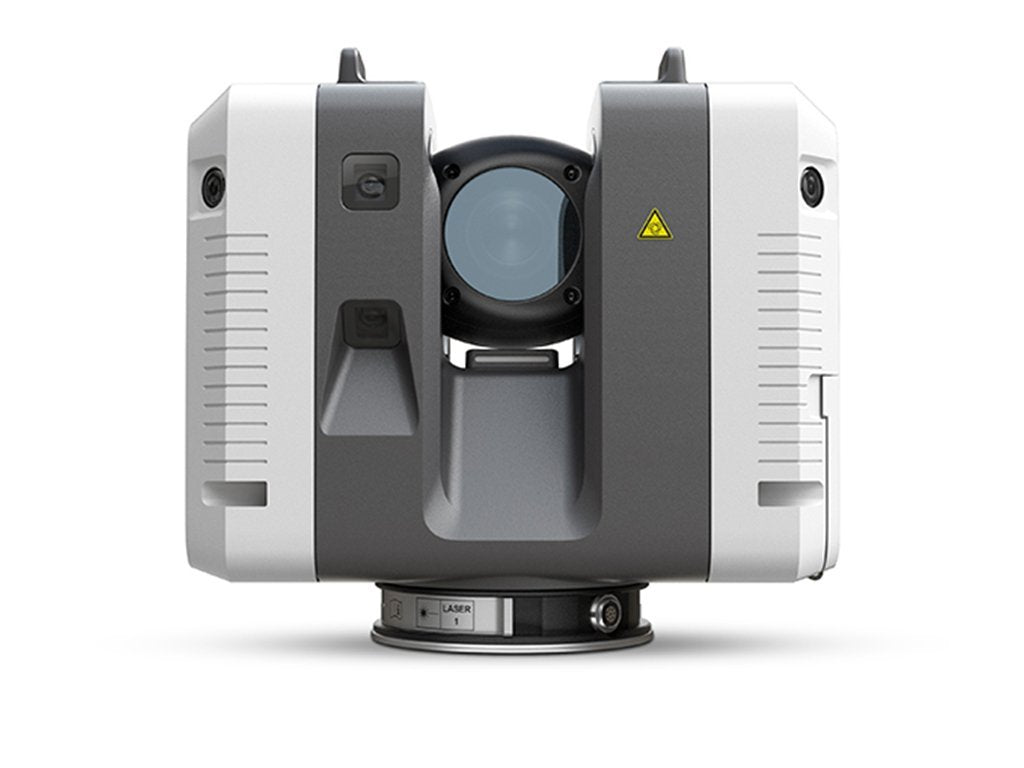Just How 3D Laser Scanning Revolutionizes Architectural Design and Construction Projects
3D laser scanning is transforming the landscape of building layout and building and construction. This modern technology uses unrivaled precision in catching existing environments, which helps with much better project preparation and execution. It lowers mistakes while enhancing effectiveness in different phases of development. The implications for collaboration among engineers, designers, and various other stakeholders are significant. These innovations open up the door to brand-new style possibilities and ingenious services. What lies ahead for this progressing modern technology?
The Fundamentals of 3D Laser Scanning Technology
Although 3D laser scanning technology may appear complicated, its core concepts are simple and transformative for architectural layout. This modern technology employs laser beams to capture precise dimensions of physical structures, generating an in-depth point cloud that represents the scanned environment. A laser scanner discharges fast pulses of light, measuring the time it considers the light to return, which enables for the computation of distances with remarkable precision.
The resulting point cloud can be exchanged a 3D model, giving architects with vital visual information. This model makes it possible for professionals to evaluate and adjust design aspects within their jobs, enabling cutting-edge solutions and boosted visualization. By utilizing 3D laser scanning, engineers can better comprehend the status quo of a website, making certain that brand-new designs integrate with their surroundings. This combination of innovation right into architectural layout notes a considerable innovation, cultivating creative thinking and precision in the area.

Enhancing Accuracy and Performance in Architectural Projects
As building jobs increasingly demand precision and rate, 3D laser scanning becomes a pivotal device in enhancing both accuracy and effectiveness. This modern technology catches millions of information points in a quick duration, developing comprehensive and exact 3D models of existing structures. The capacity to get precise measurements minimizes the risk of mistakes throughout the design phase, allowing engineers to envision their tasks with exceptional quality.
The quick data collection procedure decreases the time spent on-site, making it possible for groups to concentrate on evaluation and style renovations. With real-time data accessibility, adjustments can be made promptly, promoting an extra streamlined workflow. The combination of 3D laser scanning right into architectural practices not only boosts measurement precision but additionally improves the overall task timeline, assisting in quicker decision-making. In an industry where precision is vital, this modern technology stands as a transformative pressure, boosting the standards of architectural design and construction jobs.
Streamlining Collaboration Among Stakeholders
While conventional architectural procedures typically include fragmented communication amongst stakeholders, 3D laser scanning cultivates an extra cohesive joint environment. By offering specific, high-resolution information, this innovation permits designers, designers, clients, and professionals to operate from a unified point of recommendation. The comprehensive visualizations produced with laser scanning remove ambiguities and false impressions, guaranteeing that all parties have accessibility to the exact same information.
This transparency enhances decision-making and encourages prompt responses, as stakeholders can conveniently imagine design components and spatial relationships. Additionally, the combination of 3D scanning data right into Building Details Modeling (BIM) systems better streamlines collaboration, enabling real-time updates and adjustments. Such smooth interaction not only reduces problems however also increases job timelines, as all stakeholders stay aligned throughout the design and construction stages. Inevitably, 3D laser scanning transforms traditional operations into an extra collaborative and reliable process, benefiting all events entailed.
Unlocking Imaginative Opportunities in Layout
By allowing designers to visualize complicated detailed information and spatial partnerships, 3D laser scanning discloses creative possibilities in layout. This innovation enables exact mapping of existing atmospheres, making it possible for engineers to check out innovative ideas that could have formerly appeared not practical. With highly accurate information, developers can try out unique kinds and products, pushing the boundaries of standard style.
Additionally, the combination of 3D laser scanning right into the design procedure fosters partnership among multidisciplinary teams, urging the exchange of concepts and improving imagination. The thorough visualizations produced by this technology not just aid in identifying potential design difficulties but also motivate options that might not have actually been thought more information about. As an outcome, architects can produce a lot more interesting and vibrant rooms that reverberate with customers while satisfying useful needs. Ultimately, 3D laser scanning changes the building landscape, empowering designers to realize their visions with extraordinary accuracy and creative thinking.
The Future of 3D Laser Scanning in Architecture and Construction
The combination of 3D laser scanning into building style not just boosts creative thinking yet additionally establishes the stage for its evolving role in the future of style and building and construction. As innovation developments, the accuracy and performance of laser scanning will remain to boost, making it possible for architects and builders to produce extra complicated styles with precision - 3D Scanning. Using this technology in real-time data collection will help with much better decision-making, decreasing errors and streamlining process
Future applications may include digital and increased reality integrations, permitting stakeholders to visualize projects in immersive atmospheres. In enhancement, as sustainability becomes a priority, 3D laser scanning will certainly sustain the growth of energy-efficient styles by offering in-depth insights into existing structures. As partnership amongst various self-controls ends up being even more essential, the capability to share precise 3D models will certainly cultivate development and enhance task results. Eventually, 3D laser scanning will redefine criteria in building layout and building techniques.
Frequently Asked Questions
What Is the Expense of Executing 3D Laser Scanning Modern Technology?

How much time Does a Regular 3D Laser Scanning Project Take?
A common 3D laser scanning job can take anywhere from a few hours to numerous days, relying on elements such as the job's size, complexity, and the degree of detail needed for precise data capture.
What Sorts Of Projects Advantage Most From 3D Laser Scanning?
3D laser scanning benefits why not try here different tasks, specifically massive building and constructions, historic restorations, and complex remodellings. It boosts accuracy in measurements, lowers mistakes, and gives comprehensive data essential for reliable planning and execution in building design and building and construction.

Exist Specific Software Application Programs Required for 3D Laser Scans?
Yes, specific software application are crucial for refining 3D laser scans. 3D Scanning. Popular options consist of Autodesk Wrap-up, Faro Scene, and Leica Cyclone, each offering distinct features customized for examining and imagining checked data effectively in various projects
Exactly How Does 3D Laser Scanning Effect Environmental Sustainability in Construction?
3D laser scanning enhances ecological sustainability in building and construction by lessening product waste, enabling specific measurements, and advertising effective resource use. This modern technology allows for far better preparation, minimizing the eco-friendly footprint of building jobs through boosted precision and effectiveness.
3D laser scanning is transforming the landscape of building style and construction. 3D laser scanning modern technology may seem facility, its core principles are simple and transformative for building design. By making it possible for designers to visualize complicated spatial relationships and intricate details, 3D laser scanning exposes creative opportunities i thought about this in design. The combination of 3D laser scanning right into the design procedure promotes partnership amongst multidisciplinary teams, encouraging the exchange of ideas and enhancing creativity. The integration of 3D laser scanning right into architectural layout not only boosts creativity but additionally sets the stage for its evolving duty in the future of design and building and construction.